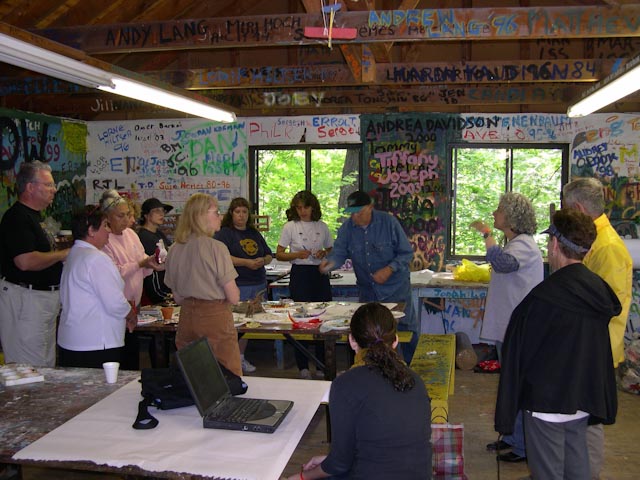
KLEZKANADA
n 2003, Emily originated the Visual Arts Program at the KlezKanada’s Laurentian Retreat in Lantier, Quebec, Canada. She has directed and taught the program over seventeen years in collaboration with others. Here’s a little info on the past years’ classes. Each program was a mix of lectures, instruction, open studio hours and a final exhibition.
2020 Making Art from Home
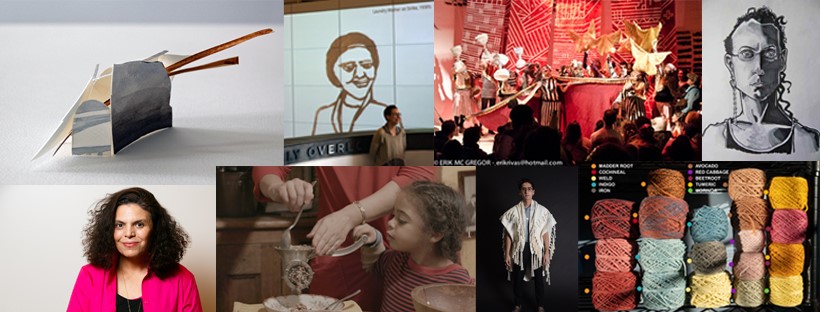
This pandemic summer KlezKanada went virtual – but we made studio visits to a different visual artist every day and then made art inspired by their work. Paper Day with Zoë Cohen, Textile Day with Jason Greenberg, Clay Day with Rosza Daniel Lang/Levitsky, and Short Form Video Day with Judith Helfand. Program info on the Padlet.
2018 Klep un Kemf / Paste and Protest: Art, Activism & Collage

Photo-montage, Collage, and Assemblage are techniques that reassemble significant fragments into new unities, long used to make political statements through contrast and juxtaposition. The class explores different techniques of two-dimensional collage, integrating found images and words into enduring statements. Taught with Tine Kindermann.
2017 Hold the Presses: A Renaissance of Jewish Printing
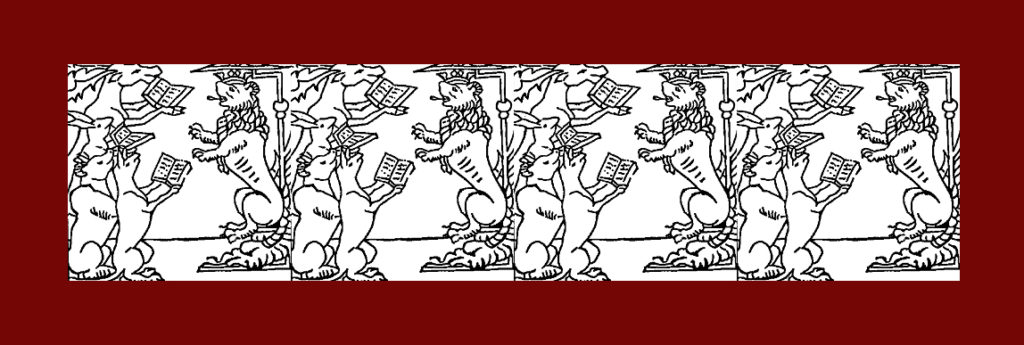
Attendees made cards, artworks or printed poems and manifestos as we celebrated perhaps the single greatest innovation of Europe’s Renaissance – the invention of the printing press. This revolutionary technology had a wide-ranging impact on the “people of the book” having the power to both democratize and standardize the printed word and image. Techniques included stamping, block and screen printing and letterpress. Taught with and Tine Kindermann and Daniel Toretsky.
2016 A Banner Year!

No family crest – no problem! No personal logo? Get busy! We designed personal, clan, artistic guild or community, banners, painted, embroidered, sewn, and embellished with a variety of materials. Then, at the conclusion of the week, we carried them in procession. With Tine Kindermann.
2015 Tinsel Painting
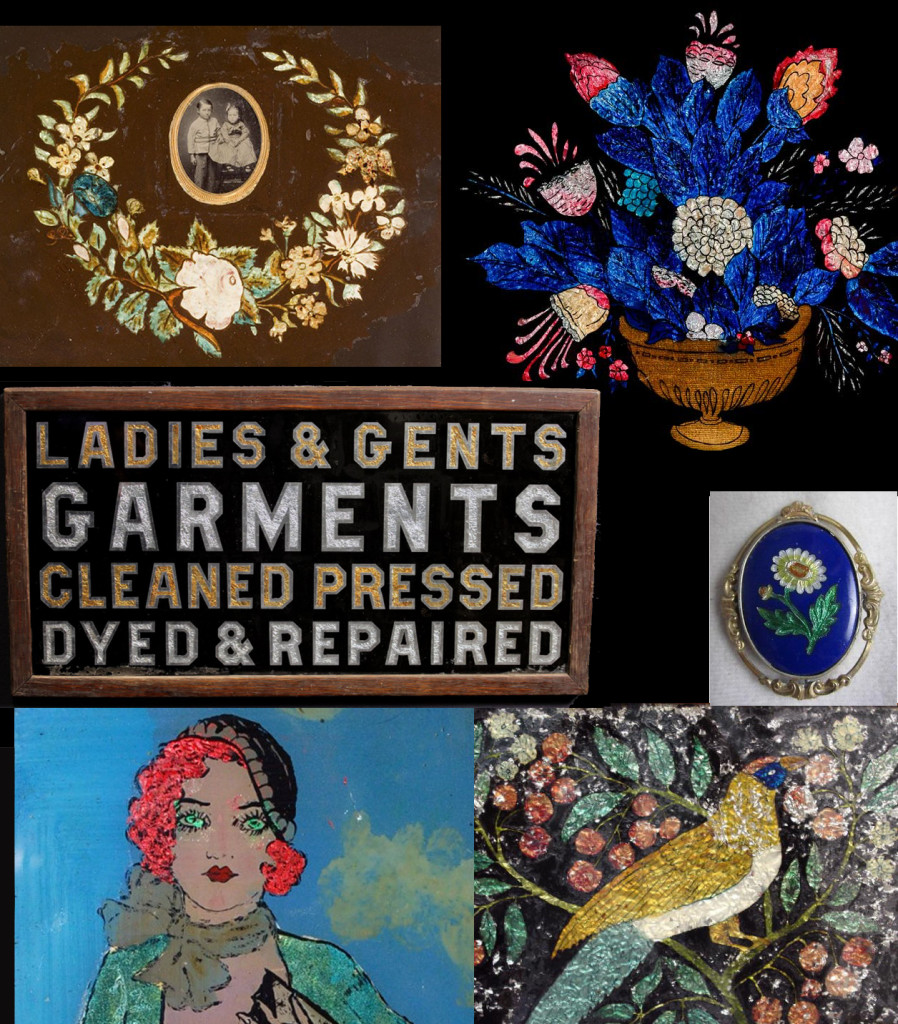
A popular art form in the late 19th Century, in this reverse glass painting technique the negative space is blacked out and a glittering background radiates through the clear, tinted spaces. An inexpensive means of creating signs, setting off cherished documents (like photos, mizrachs or ketubahs) or producing decorative wall art and jewelry. With Tine Kindermann.
2014 Shutn un likht – Shadow and Light

An exploration of the visual equivalent of otherworldliness.
Working with the evocative elements of transparency, light, and shadow, we created nightmare-catchers, shadow boxes, and multi-media assemblages that explore the in-between, the unconscious, and the rich Jewish narrative folk traditions of dreams, dybbuks, and demons. We assembled rudimentary books to hold our work. With Tine Kindermann & Oksana Hawrylak.
2013 To kroynt di kep mit blumen-krantsn / To Crown Our Heads With Flowery Wreathes*
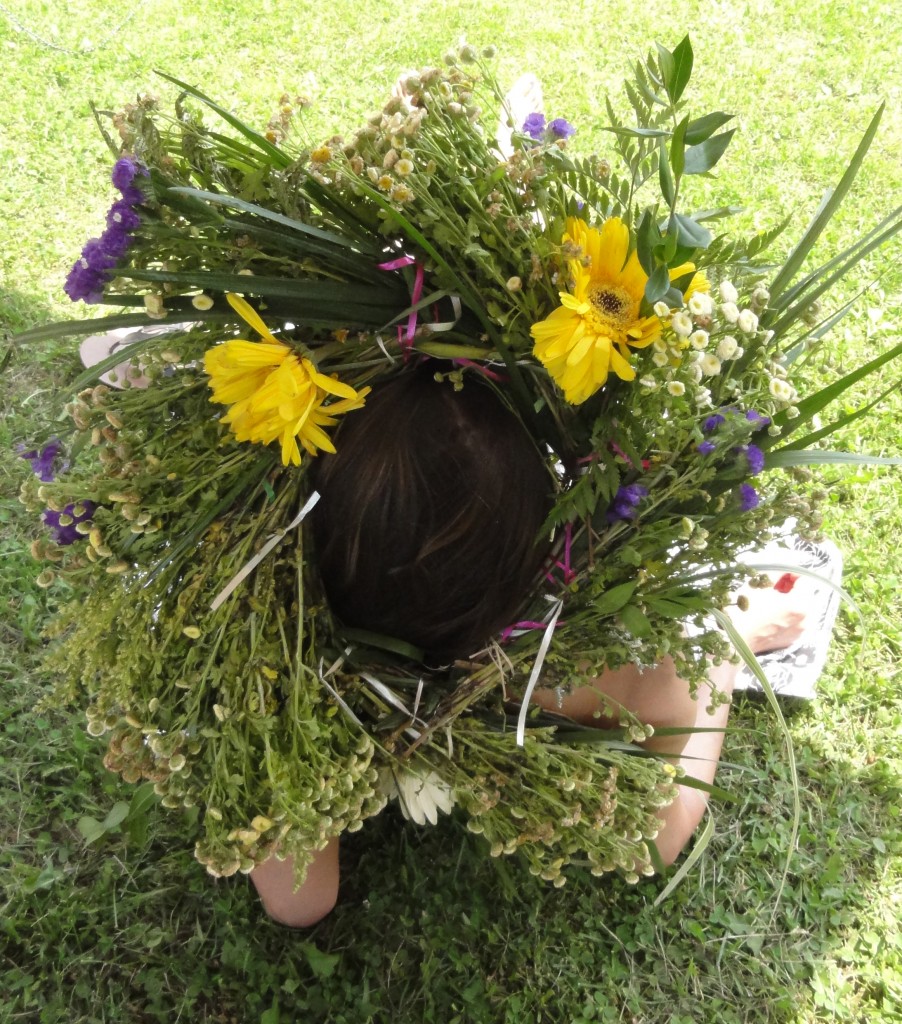
Flowers have long provided inspiration for creative expression. We made flowers from recycled materials, corresponding to the transformational and magical properties often attributed to flowers in folk songs and stories. Participants created objects and adornments from beads, paper, clay, fabric and other media. A discussion of flower names in Yiddish enhanced theprogram. With Tine Kindermann.
*The course title is derived from the lyrics of the Yiddish song: Arum dem fayer / Around the Fire
2012 Jewish Textile Arts
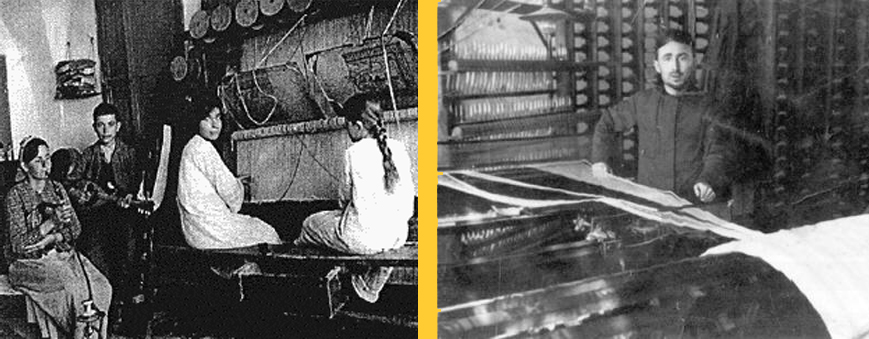
From techniques of reverse applique, loom and off-loom weaving,sewing, felting and knotting, participants embellished t-shirts, created personal tallism, challahs cover and enjoyed the colors and textures of fiber. With Tine Kindermann
2011 Jews and Birds

From the adored goldene pave to the scapegoated kapore, birds figure widely in Jewish life and lore. Birds can be clean or unclean (and what would Jewish cuisine be without the chicken!). Sited throughout the Bible, in Midrash and proverbs, birds have been
featured in haggadahs, in Yiddish popular expression, humour, musical ornamentation and lyrics, and visual arts. This year we explore the beauty and the cultural significance of birds. In addition, the class baked bird shaped challahs with guest teacher Leah Koenig.
2010 Mask-Making and Masquerading

A workshop in creating fantasy personae! Plaster life masks adorned with feathers, cloth, paint, sequins, buttons, beads,
and ribbons. We discussed forms of concealing identity in Jewish tradition.
2008 The Law of Mosaics: Piecing Together the Fragments

Workshop attendees learned a range of techniques for creating assemblages with objects, from mosaics in plaster to copper-foil
stained glass. One of the ultimate recycling traditions.
2007 Kveln far Kreln: Jews and Beads
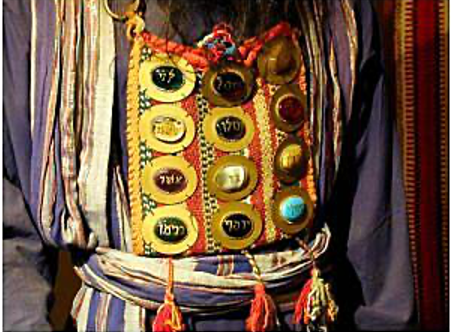
From early times to the current day, Jews have enjoyed beads, pearls and precious stones; using them to adorn ritual objects, bring beauty todaily life and special occasons and as a source of livelihood. Amulets incorporate the special properties of stones, metals and other natural elements to synthesize belief and provide protection. Techniques included peyote stitch, looms, bead crochet, working with found objects and creating in polymer. With Vera Sokolow and Robin Young.
2006 Yiddish Visual Theatre Workshop: The Meanings of Kleyn

This image-rich artists’ dialogue examined the implications of going small, touching on the meanings of miniaturization,
interiorization, childhood, and fairytale (eg. Bebele, the Yiddish Tom Thumb) and commoditization. Toy Theatre (or Paper Theatre), popular for home performances in the 19th century, is our focus. Attendees will create original Yiddish toy theatres, invented worlds based on history, experience or the curiosity to explore or recreate an imagined place. Presentations by artists and scholars featured Jenny Romaine of Great Small Works. Jeffrey Shandler and Barbara Kirshenblatt- Gimblett.
2005 Words Like Ribbons

This class celebrated the love of letters and their translation into cloth and thread, paper and ink, etc. From Yiddish typography to letterpress printing, to the exacting work of the soyfer (scribe) we created an installation based on the many scripts and techniques for communicating with text. With Ari Davidow, Vera
Sokolow & Jamie Shear.
2004 Growing Up Jewish in Eastern Europe and Childhood Memory Quilt Workshop

This multi-part class brought the richly inventive life of Jewish children and adolescents in Eastern Europe during the first half of the century (including the Holocaust) vividly to life. Attendees learned how to recite a rhyme to decide who gets the first turn and distract them with a little mouse made from a handkerchief. With Barbara Kirshenblatt-Gimblett, Meyer Kirshenblatt, Michael Wex & Itzik Gottesman. In the hands-on workshop, students crafted a quilt panel incorporating found materials, a variety of ribbons and trims, and historical images through the photo transfer process,
2003 Amulets: Protection in the Material World

Crafting special objects to ward off difficulties has been a constant across cultures throughout time. This class examined the
Jewish amulet making traditions and surveyed how other communities have crafted protective objects. From the written formula, to the natural amulet, the significance of colors, symbols,
gems, plant materials and metals have combined powerfully to keep our world safe. After reviewing historical forms, attendees created personally meaningful interpretations.